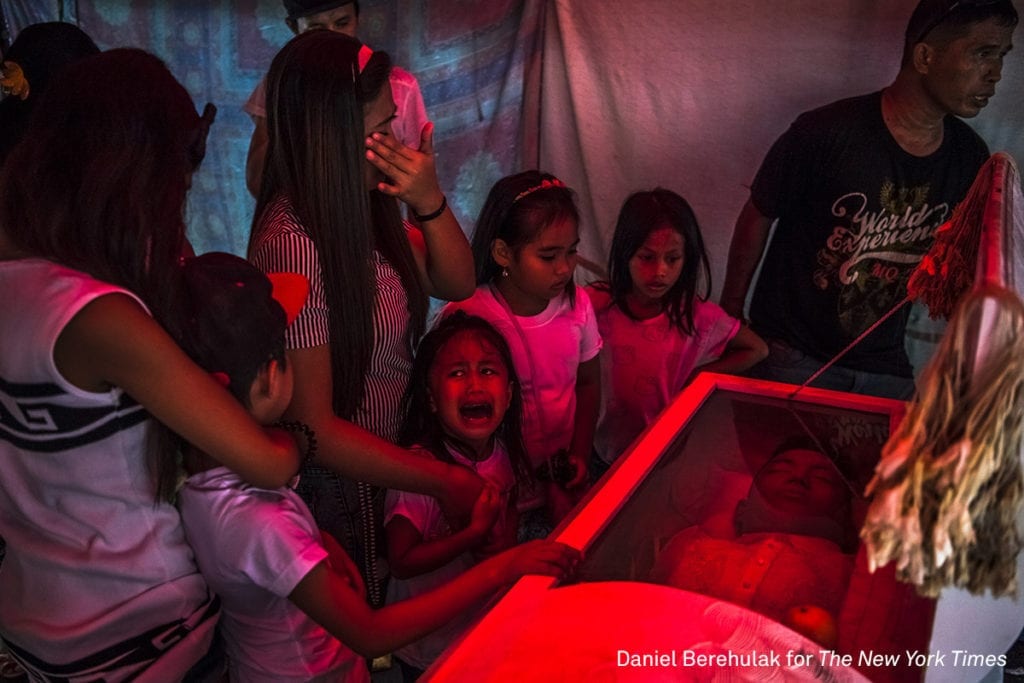The contest attracted 80,408 images, from 5034 photographers from 125 countries, and the jury gave prizes in eight categories to 45 photographers from 25 countries – Australia, Brazil, Canada, Chile, China, Czech Republic, Finland, France, Germany, Hungary, India, Iran, Italy, Pakistan, Philippines, Romania, Russia, South Africa, Spain, Sweden, Syria, New Zealand, Turkey, UK, USA.
The World Press Photo of the Year is a shot by Turkish Associated Press photographer called Burhan Ozbilici, with an image he has simply titled An Assassination in Turkey. Showing Mevlut Mert Altintas shouting after shooting Andrei Karlov, right, the Russian ambassador to Turkey, at an art gallery in Ankara, Turkey, on 19 December 2016, the image is drawn from a wider series shot that night which won first place in the Spot News – Stories category.
Other notable wins include Thomson Reuters photographer Jonathan Bachman’s photograph of 28-year-old nurse Ieshia Evans, standing in front of riot police during a protest against police brutality outside the Baton Rouge Police Department in Louisiana, USA, on 9 July 2016, which one first prize in the Contemporary Issues – Singles category. The first prize for Contemporary Issues – Stories also went to a series showing protestors and riot police in the US – Amber Bracken’s story on the opposition to the Dakota Access Pipeline.
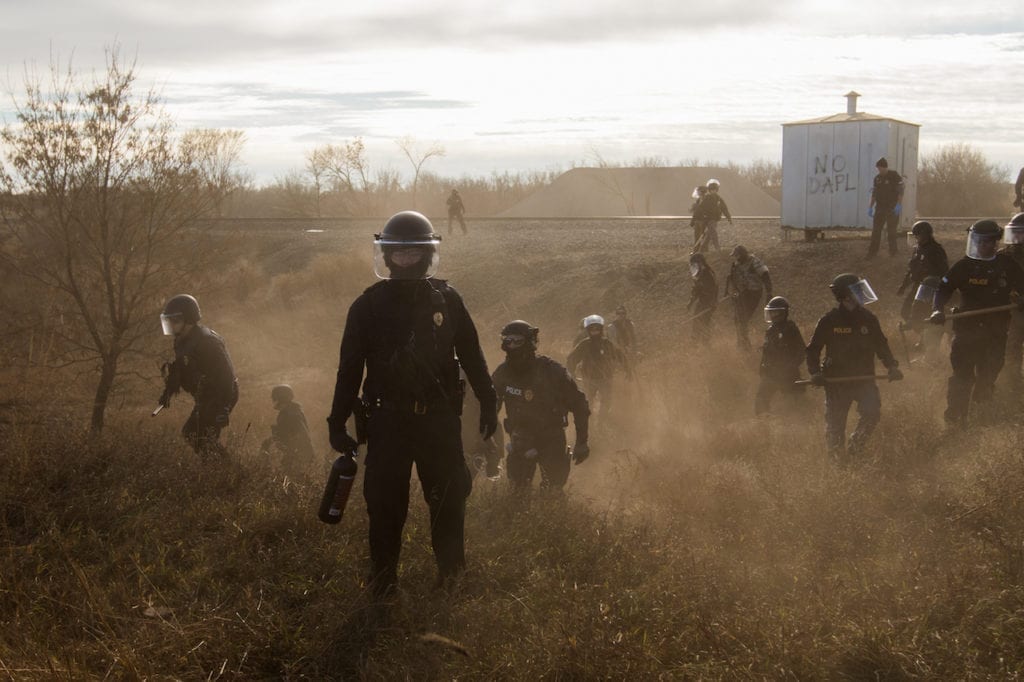
First prize, General News – Singles went to Laurent Van der Stockt for an image showing the Iraqi Special Operations Forces searching houses in Gogjali, an eastern district of Mosul, on 2 November 2016. First prize, General News – Stories went to Daniel Berehulak, for a story shot for The New York Times called They Are Slaughtering Us Like Animals, a study of the anti-drug campaign started by President Rodrigo Duterte of the Philippines when he took office on 30 June 2016, which has seen more than 2000 people have been slain at the hands of the police alone.
The contest has specialist juries for news and documentary, sports, nature, and people; the winning images are finally selected by a general jury which combines the chairs of the specialist juries plus, this year: Mary F. Calvert, USA, independent photojournalist; Kelli Reed Grant, USA, photography director Yahoo News; Eman Mohammed, Palestine, photographer and multimedia photojournalist; Aïda Muluneh, Ethiopia, managing director Desta For Africa Creative Consulting PLC; João Silva, Portugal/South Africa, staff photographer The New York Times; Wim van Sinderen, the Netherlands, senior curator The Hague Museum of Photography; Goran Tomasevic, Serbia, chief photographer East Africa Reuters; Christian Ziegler, Germany, photographer. The chair of the jury this year was Magnum Photos photographer Stuart Franklin.
To see more of the winning images, visit the World Press Photo site.
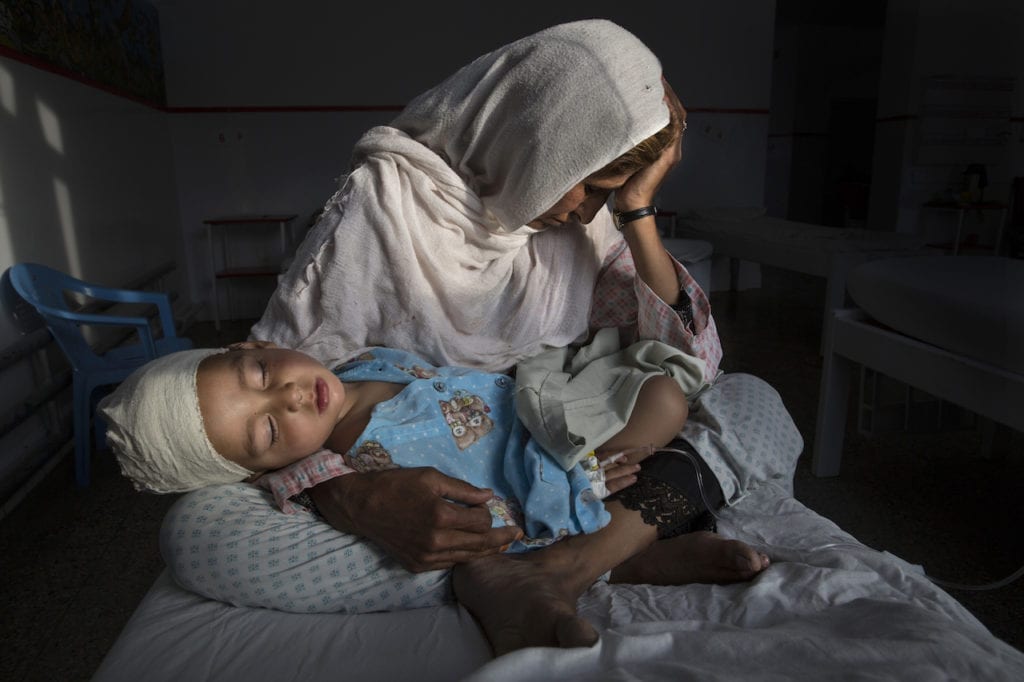
In 2016 marked another milestone in its 15-year engagement in Afghanistan. Despite billions of dollars spent by the international community to stabilize the country, Afghanistan has seen little improvement in terms of overall stability and human security. The situation on the ground for Afghans continues to be grave. Security for the Afghan people has also deteriorated in large swaths of the country, further complicating humanitarian response. Afghan civilians are at greater risk today than at any time since Taliban rule. According to UN statistics, in the first half of 2016 at least 1,600 people had died, and more than 3,500 people were injured, a 4 per cent increase in overall civilian causalities compared to the same period last year. The upsurge in violence has had devastating consequences for civilians, with suicide bombings and targeted attacks by the Taliban and other insurgents causing 70 percent of all civilian casualties. Image © © Paula Bronstein, for Time Lightbox / Pulitzer Center For Crisis Reporting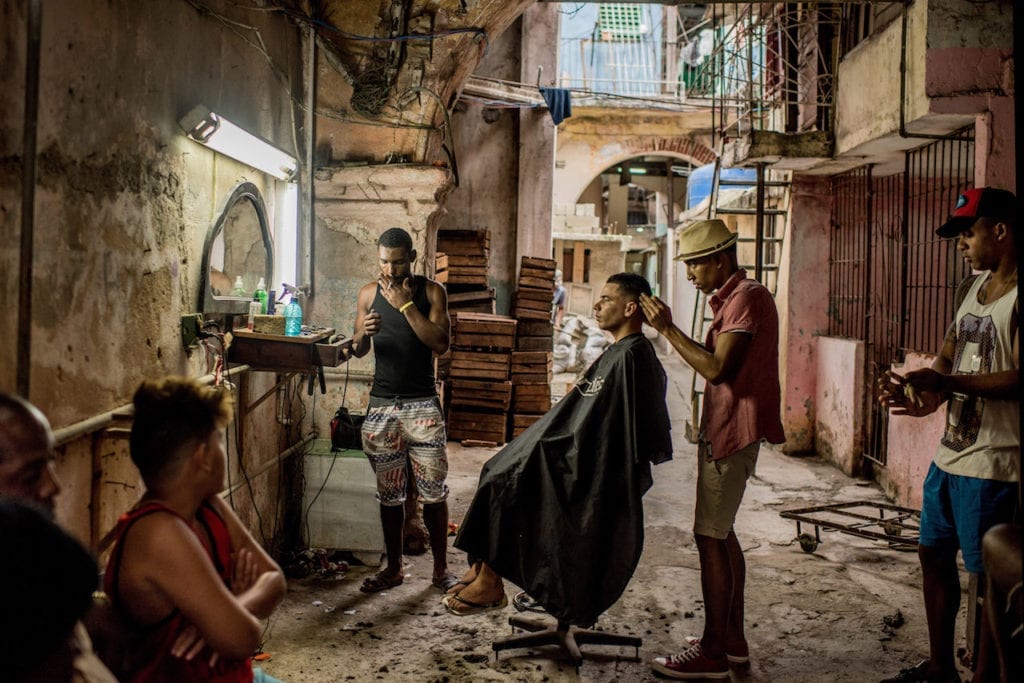
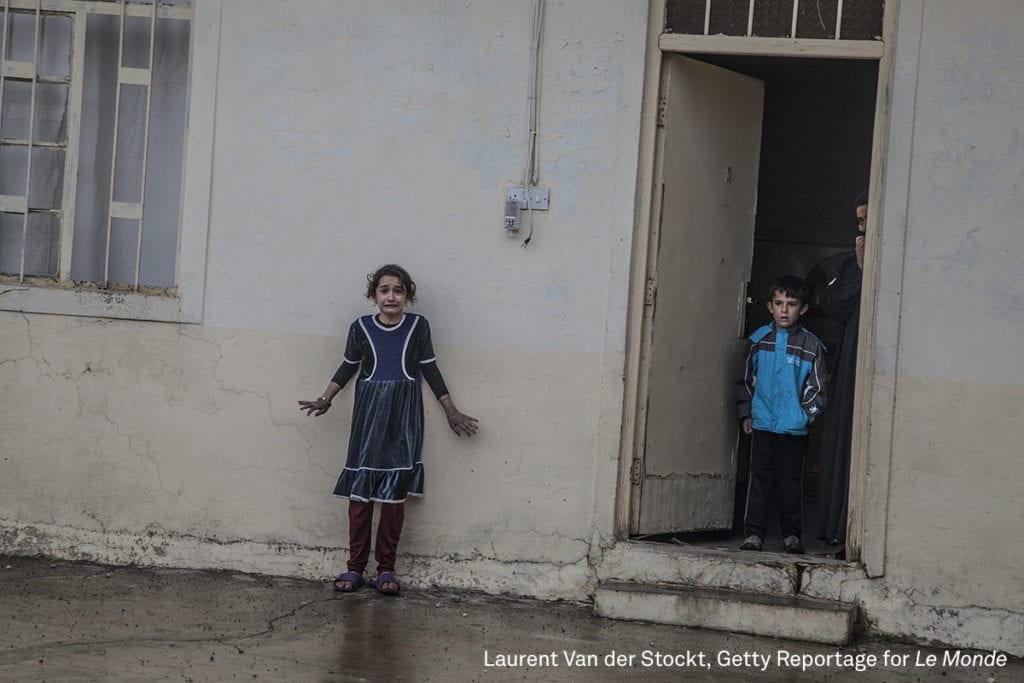
Young and adult men are quickly interviewed.
Most of the time, civilians feel insecure while fighters of isof, still under the threat of snipers and car bombs, feel being in hostile territory.
Mosul, November 2, 2016. Image © Laurent van der Stockt / Getty Reportages. Winner of the General News – Singles category